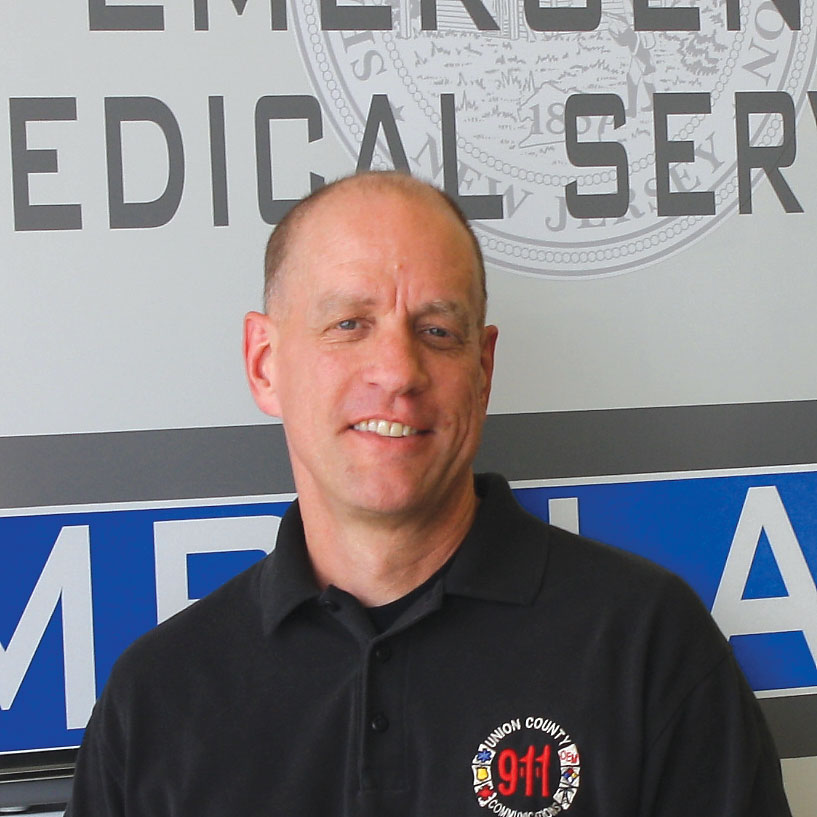

CPR Saves

Columns

Art Braunschweiger
One of the dangers of our profession is that emergency calls become routine over time. Calls tend to lose their sense of urgency. And while it’s true that we can’t rush, we also can’t inadvertently delay. But it happens all too often.
On cardiac arrests, time is vital. The clock is ticking. In ProQA® medical it’s possible to get “hands-on-chest” in as little as 20 seconds from the time of ProQA launch. That depends, among other things, on recognizing a non-breathing patient early in the call and not being afraid to start CPR. One question I ask in refresher training scenarios is, “In Case Entry, if a caller reported that someone collapsed and is unconscious, and the caller wasn’t certain if the patient was breathing, what would you do?” The correct answer is to select “Uncertain (2nd Party)” in response to “Is s/he breathing?” Provided the emergency dispatcher then selects Protocol 9: Cardiac or Respiratory Arrest / Death that will cause ProQA to send a 9-E-1 and direct the emergency dispatcher into the pathway for cardiac arrest without checking breathing status further. And that’s exactly what’s supposed to happen. Unfortunately, many emergency dispatchers think that they should first confirm that the patient isn’t breathing through use of the Breathing Verification Diagnostic.
It’s understandable to be concerned about doing the wrong thing by starting CPR on a patient who’s actually breathing and has a pulse. Fact: You can’t kill someone who’s breathing by doing CPR. They’ll have some sternal pain for a week or so, and you may break a rib, but you won’t stop their heart. On the other hand, if you don’t start CPR, and quickly, their chance of survival decreases fast. And it’s not linear, it’s logarithmic. That means that the longer you delay, the faster the rate of survival decreases within that short four- to five-minute window we have to re-oxygenate the brain.
The Breathing Verification Diagnostic Tool is never used to confirm that the patient isn’t breathing. Its purpose is—and always has been—the opposite: to confirm that a patient is breathing when that’s what the caller has told us. If we want to save patients, we simply don’t have the time to check, and as research data clearly shows it’s not necessary anyway. The overwhelming majority of these patients are not breathing at all.
Recognizing ineffective breathing is also essential to saving lives. Certain descriptors, when volunteered by the caller, indicate insufficient breathing without requiring further checking. Example: A caller reports her father collapsed and is unconscious. You ask, “Is he breathing?” and the caller replies “barely.” You need not ask any further questions—the caller’s reply has met the protocol definition of INEFFECTIVE/AGONAL. Select that answer and move on.
Granted, many of the cardiac arrests we deal with are unwitnessed and the down time prior to discovery makes them non-viable from the beginning. But many do have a chance if we act decisively and act fast. That includes telling them to send someone to go look for a defibrillator when the caller isn’t sure if one is available, and the call is coming from a location that’s certain to have one. That’s not freelancing, it’s scene management.
You have the ability to return the gift of life. That’s rare. Not many people can say that about their jobs. You can. You might help save someone who will be around to watch their kids grow up or even save a young adult who will grow up to achieve greatness and make a difference in countless other people’s lives. Recognizing the need for an AED and hands-on-chest, and achieving both in the minimum time possible, gives everyone that chance.







